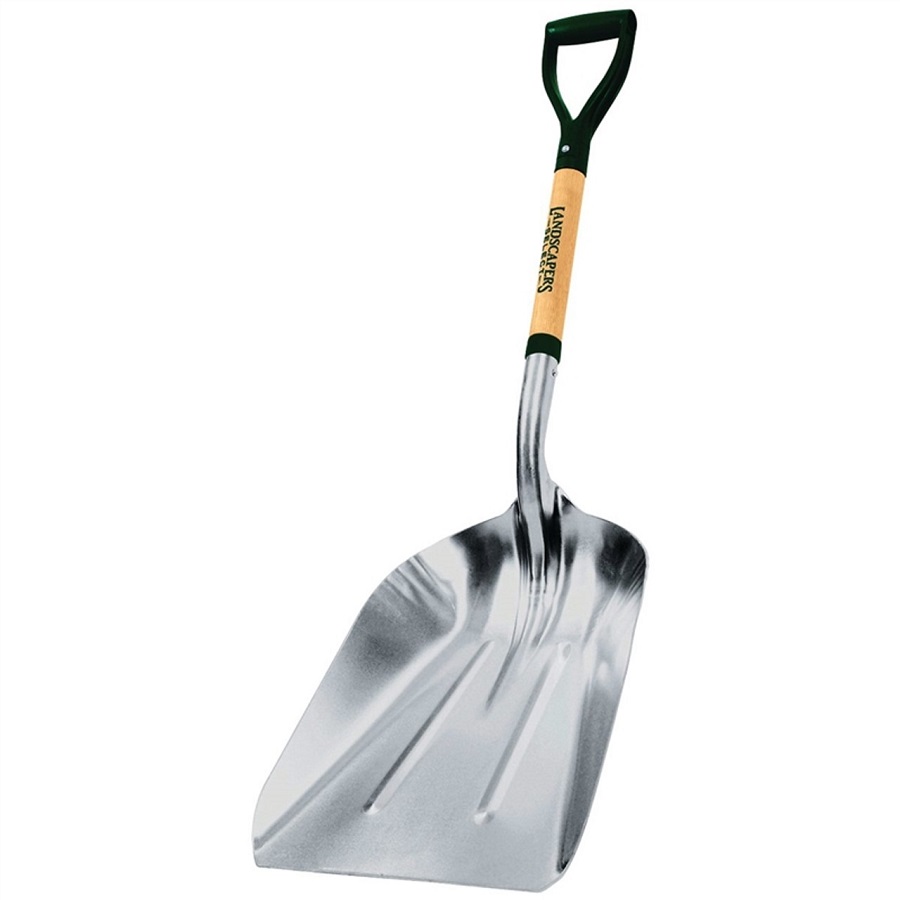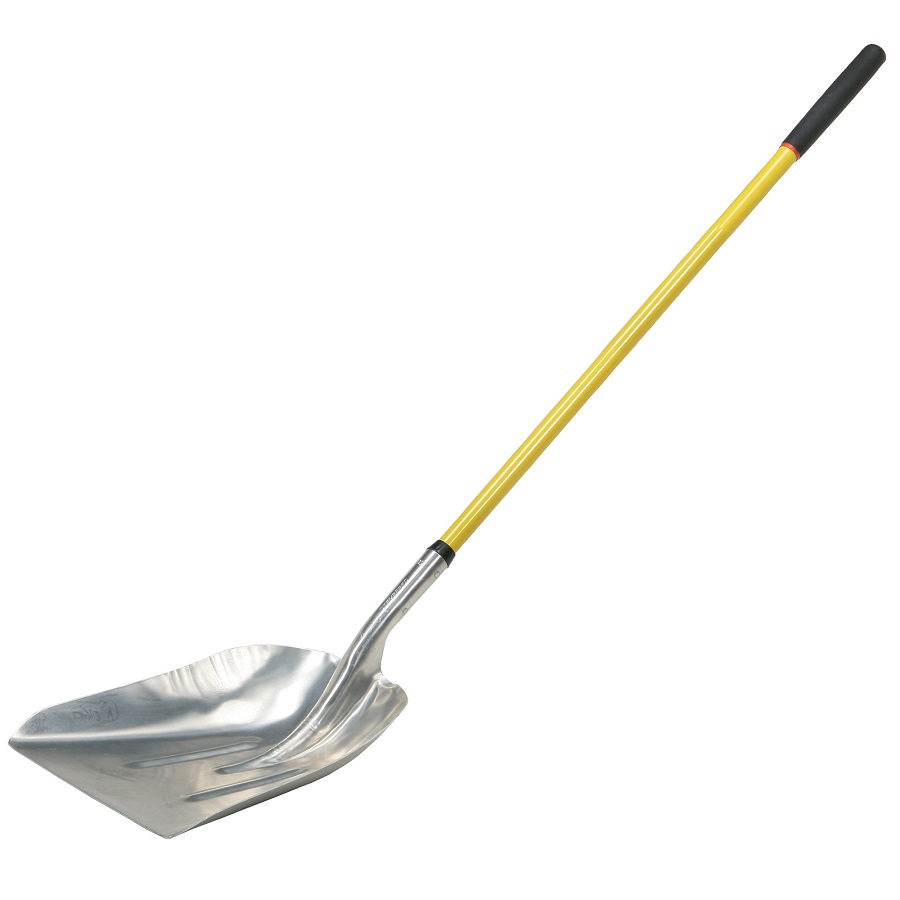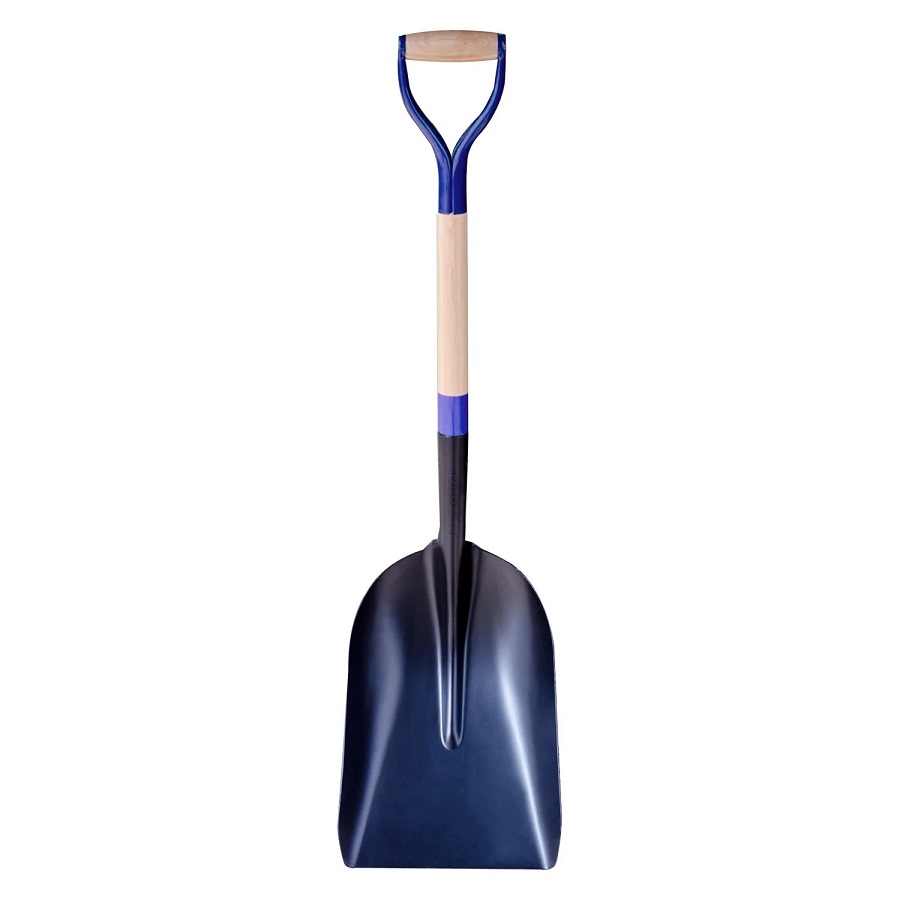Introduction to Grain Shovel Use in Agriculture
The grain shovel is a fundamental tool in agriculture. It is vital for moving and managing grains during the harvest. Farmers rely on this simple yet effective tool daily. In this section, we will explore the role of grain shovels in farming.
Farmers use grain shovels for various tasks. These include loading grains into storage bins, transferring grains from one location to another, and clearing debris from farmland. The design of a grain shovel allows for efficient picking and movement of loose grains. It helps in reducing wastage and saving time during the harvesting process.
Choosing the right grain shovel is crucial for effective use. The type of grain being handled, the volume of grain, and the physical abilities of the user all come into play. A well-suited grain shovel can make a significant difference in work efficiency and user fatigue. We will delve deeper into choosing the right grain shovel later in this blog.
To sum up, understanding how to use a grain shovel effectively is key in agriculture. It not only improves productivity but also ensures safety. Next, we will discuss the anatomy of an effective grain shovel, which is closely tied to its use in the field.

Anatomy of an Effective Grain Shovel
An effective grain shovel must have certain features. These features ensure efficient and comfortable use in agricultural settings. Let’s explore the key components that make up a high-quality grain shovel:
- Blade Shape and Size: The blade should be broad and slightly curved to scoop up grains easily. Its size must be proportional to the type of grain being handled.
- Handle Design: A sturdy handle is essential for control and leverage. Ergonomic handles reduce strain on the hands and back.
- Material: The shovel should be made of durable material that can withstand the weight of grains and resist wear and tear.
- Edge Sharpness: A sharp edge on the blade can help cut into piles of grain or soil when needed.
- Weight: The overall weight of the grain shovel should be light enough to maneuver but heavy enough to carry a substantial amount of grain without bending.
An efficient grain shovel also has a comfortable grip. This minimizes blisters and fatigue during long hours of work. Balance is another critical factor. The shovel should not be front or back-heavy, as this affects the user’s ability to control it. Lastly, consider the connection point between the blade and handle. It must be securely fastened to withstand the pressure of repetitive movements.
Essential Grain Shovelling Techniques
Mastering essential grain shovelling techniques can significantly boost productivity. Here are fundamental methods every farmer should know:
- The Scoop and Lift: Bend at the knees, scoop the grains, and lift with your legs, not your back. This technique prevents strain.
- The Two-Handed Toss: For transferring grains, use a balanced stance and toss with both hands for better control.
- The Pivot and Pour: When emptying, pivot your feet to turn the body, not just the arms, which ensures a smooth pour.
- The Shake and Level: To spread grains evenly, shake the shovel gently and use a leveling motion.
Consistent use of these techniques ensures efficiency and reduces the chance of injury. Practice them to become more proficient at grain shovelling. Keep the grain shovel blade close to your body to reduce the strain on your arms. When working for long periods, remember to take breaks to avoid fatigue.
Tips for Picking the Right Grain Shovel
Choosing the right grain shovel is as important as mastering the techniques. The correct shovel can ease your work, prevent injuries, and increase efficiency. Here are some key tips to consider when selecting a grain shovel:
- Consider the Grain Type: Pick a shovel size that matches the grain size. Small grains need a finer edge to prevent slipping.
- Assess the Weight: Ensure the shovel is light enough for easy use but sturdy enough to handle grain weight.
- Check Material Durability: Opt for materials that can endure rough use and resist damage over time.
- Ergonomic Features: Look for handles with a good grip and a design aimed at reducing fatigue.
- Balance and Leverage: The shovel should have even weight distribution for better handling.
When you handle various tasks, like loading or transferring grains, picking a shovel that suits your specific needs is essential. Remember to lift with your legs and maintain a proper posture to minimize the risk of injury. A well-chosen grain shovel will serve as a valuable ally in efficient harvesting.

Maintaining Your Grain Shovel for Optimal Performance
Maintaining your grain shovel is crucial for its longevity and function. Here are simple maintenance steps to keep your grain shovel in peak condition:
- Clean After Use: Remove any grain and debris. This prevents rust and material degradation.
- Dry Properly: Ensure the shovel is completely dry before storage to prevent corrosion.
- Inspect Regularly: Check for cracks, bends, or weak spots on the handle and blade.
- Sharpen the Edge: Keep the blade sharp for efficient cutting and scooping.
- Tighten Connections: Make sure the blade and handle connection is secure to avoid wobbling.
By following these tips, your grain shovel will be ready for each harvesting season. A well-maintained tool reduces work strain and improves productivity. Allocate time for regular shovel care, and replace parts as necessary. Your efforts will pay off in a reliable and efficient harvest tool.
Grain Shovelling Safety Practices
When using a grain shovel, safety is paramount. Here’s how to protect yourself while shovelling grain:
- Use Proper Footwear: Wear boots with good traction to prevent slips.
- Maintain Correct Posture: Stand straight and bend your knees, not your back, when lifting.
- Grip Correctly: Hold the handle near the base for control and leverage.
- Pace Yourself: Take breaks to avoid overexertion. Listen to your body’s signals.
- Stay Hydrated: Drink water regularly, especially on hot days.
- Use Safety Gear: Wear gloves to protect hands and goggles if dust is an issue.
- Train Regularly: Practice the essential techniques to maintain safety standards.
- Be Aware of Surroundings: Ensure a clear area when tossing grain to avoid hitting others.
By following these practices, you’ll ensure a safer grain shovelling experience. Always put safety first to prevent accidents and injuries during harvest work.
Innovations in Grain Shovels and Ergonomic Designs
The agricultural industry has seen significant innovations in grain shovel design. These innovations focus on improving efficiency and reducing user fatigue. Ergonomic designs in particular have gained attention. They alter the traditional grain shovel to fit the human body better, decreasing the risk of injury. Let’s explore some of the advancements in grain shovels and how they benefit farmers.
- Adjustable Handles: Some modern grain shovels come with adjustable handles. This allows users of different heights to find a comfortable fit. A better fit means less bending and strain.
- Lightweight Materials: The use of new, lighter materials makes the grain shovel easier to handle. This helps in reducing arm and back fatigue during extended use.
- Improved Grips: The grips on shovel handles have improved. They now often include non-slip textures and are shaped to fit hands more naturally. This design helps in maintaining a secure hold without over-gripping.
- Curved Blades: Grain shovels now may feature a more dramatically curved blade. This provides a better scooping action, which reduces the effort needed to lift grains.
- Integrated Foot Steps: For digging and cutting actions, some shovels include foot steps. These are flat areas on the blade where a user can step to add force. This feature allows for more control and less upper-body strain.
These innovations in grain shovels all aim to make work easier and safer for farmers. Along with proper maintenance and safety practices, ergonomic shovel designs can lead to a more sustainable work method. They also contribute to a more efficient harvest, proving that even simple tools can benefit greatly from smart design. Keep these features in mind when looking for a new grain shovel, as they could greatly improve your harvesting experience.

Real-life Applications: Case Studies on Efficient Grain Shovelling
To bring our discussion of grain shovels into perspective, let’s look at real-life scenarios. Farmers and agricultural workers have refined their methods through trial and error. Here are several case studies that highlight the effectiveness of the techniques and tools discussed earlier.
- John’s Farm: At this large wheat farm, workers adopted ergonomic grain shovels. They reported a 20% increase in productivity. The shovels’ adjustable handles helped reduce back strain during long hours of work.
- The Rice Fields of Vietnam: In these fields, farmers used lightweight grain shovels with curved blades. This change led to more efficient water management and grain movement. It shows the impact of improved grips and blade design.
- Smith’s Organic Grains: This family-owned business switched to grain shovels with integrated foot steps. This simple innovation allowed workers to cut into soil with more control, minimizing exertion.
- Harvest Co-op: A co-operative implemented a standardized grain shovelling training program. It focused on the scoop and lift and pivot and pour techniques. As a result, they saw a reduction in work-related injuries.
These case studies provide clear evidence. When you select the right grain shovel, embrace new designs, and apply efficient techniques, you can expect to see tangible benefits. Improved productivity, reduced fatigue, and safer working conditions are just some outcomes of such thoughtful approaches to grain shovelling.
